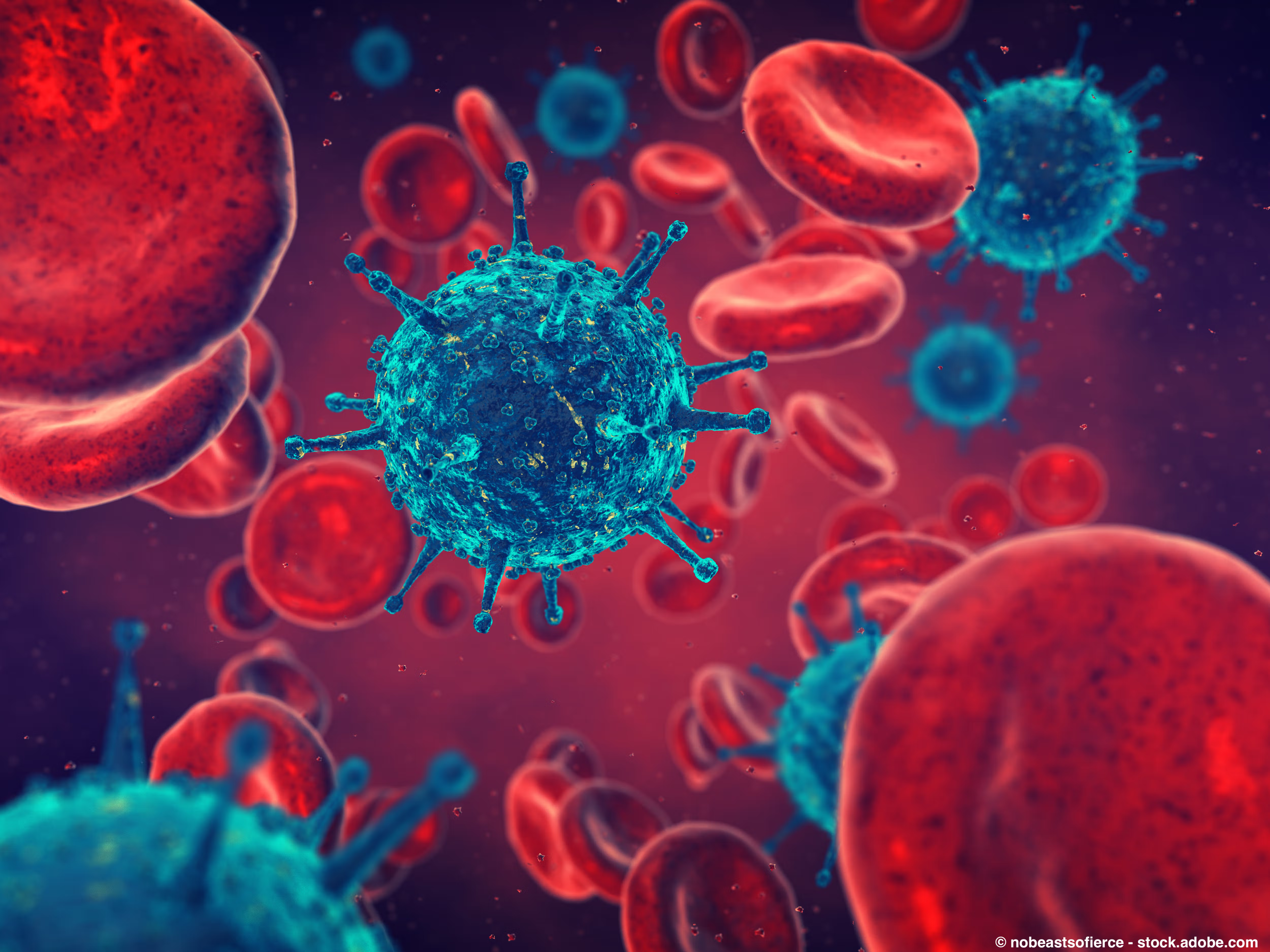Article
Acupuncture May Reduce Chronic Pain in Cancer Survivors
Author(s):
Acupuncture techniques proved to be an effective treatment that reduced pain severity and increased quality of life among a diverse sample of cancer survivors experiencing chronic musculoskeletal pain.
Acupuncture can effectively reduce the severity of chronic musculoskeletal pain in cancer survivors, according to the results of a randomized clinical trial recently published in JAMA Oncology.
“Nearly one in two survivors are undertreated for pain, which contributes to poor quality of life, impaired physical function and worse cancer-related outcomes,” the study authors wrote. Given the opioid crisis in the United States, nonpharmacological pain management options are becoming increasingly appealing. But while acupuncture is often used to treat chronic pain in patients with cancer, evidence of its effectiveness in cancer survivors remains uncertain.
In the Personalized Electroacupuncture vs. Auricular Acupuncture Comparativeness Effectiveness (PEACE) trial, researchers analyzed data from 360 cancer survivors (mean age, 62.1 years) and a mean baseline Brief Pain Inventory (BPI) score of 5.2 points. The BPI is a self-reported questionnaire that assesses pain severity on a scale from zero, meaning no pain, to 10, meaning the worst pain imaginable. Patients were eligible for the study if they had experienced musculoskeletal pain for at least three months and if they had rated their worst pain intensity in the past week as moderate or greater.
The trial was conducted at the main campus of Memorial Sloan Kettering Cancer Center in New York City and five regional sites in New York and New Jersey from March 2017 to October 2019. Patients were randomized 2:2:1 to receive electroacupuncture (145 patients), auricular acupuncture (143 patients) or usual care (72 patients). Intervention groups received 10 weekly sessions of acupuncture.
The electroacupuncture and the auricular acupuncture were delivered by the same licensed acupuncturists who followed a standardized protocol.
For electroacupuncture, acupuncturists selected four acupuncture points near the pain location and four in other body areas to address comorbid symptoms. The skin was sterilized, and needles were inserted at appropriate angles to indicated depths to achieve a local sensation of soreness, numbness or distension. The needles remained in place for 30 minutes.
For auricular acupuncture, there was no emphasis on pain location. Patients’ ears were sterilized, and needles were inserted in the cingulate gyrus (which helps regulate pain and emotions) point on one ear. The patients were instructed to walk for one minute, after which the process was repeated on the other ear if the severity of pain remained greater than one out of 10. The process was repeated for the remaining ear points (thalamus, omega two, point zero and shen men). Each session lasted approximately 10 to 20 minutes and patients were instructed on how to safely remove the needles, which remained in place for three to four days.
The patients receiving usual care were prescribed standard pain management by their clinicians, but were offered the option of 10 acupuncture treatments after the duration of the study to avoid the ethical implications of withholding potentially beneficial treatment.
At week 12, researchers found that electroacupuncture reduced the average BPI pain severity score by 1.9 points while auricular acupuncture reduced average BPI pain severity score by 1.6 points. Patients in both acupuncture groups experienced improved physical and mental quality of life, a decrease in analgesic medication use, and a reduction in average pain severity until week 24, compared with the usual care group. Noninferiority of auricular acupuncture to electroacupuncture was not demonstrated.
Patients in both acupuncture groups experienced mild to moderate side effects, which included bruising after receiving electroacupuncture (10.3%) and ear pain after receiving auricular acupuncture (18.9%).
Possible limitations of the trial included the comparison of two types of acupuncture against usual care with no sham (or fake) treatment, though the authors noted that acupuncture has been found to be superior to sham treatments in prior studies. Another limitation was that experienced acupuncturists delivered the interventions, meaning effects may differ if clinicians not specifically trained in acupuncture were to deliver the therapy.
The findings of this study are important because previous trials examining the impact of acupuncture in cancer populations often had small sample sizes, short follow-up or focused on specific cancer types, according to the authors. “This trial demonstrated the beneficial effects of electroacupuncture and auricular acupuncture for pain in a diverse sample of cancer survivors in terms of gender, tumor types, treatment histories and minority representation,” they wrote in the study.
The authors concluded by saying that their research highlighted the need for acupuncture to be covered by insurance to help manage the different types of chronic pain experienced by those who have had cancer. This coverage would be essential in allowing survivors access to nonpharmacological interventions and could possibly help patients avoid the need for opioids to manage their pain.
For more news on cancer updates, research and education, don’t forget to subscribe to CURE®’s newsletters here.




